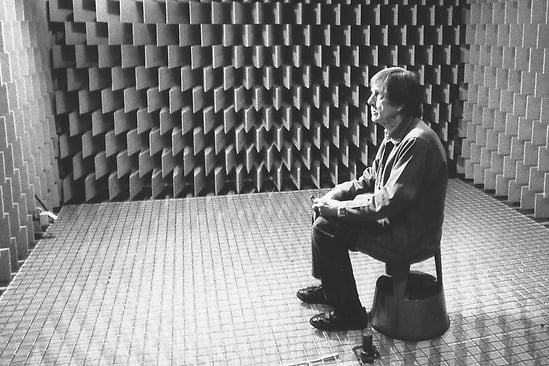IN the realm of avant-garde music, few compositions have stirred as much debate and contemplation as John Cage's iconic piece, 4'33". Premiered in 1952 by pianist David Tudor, this composition is often regarded as a watershed moment in experimental music, challenging conventional notions of sound, performance, and silence.
At first glance, 4'33" appears bafflingly simple: the score instructs the performer to remain silent for precisely four minutes and thirty-three seconds. Yet, within this seemingly uneventful duration lies a profound exploration of the nature of music and our perception of sound.
One of the most striking aspects of 4'33" is its invitation for the audience to become acutely aware of the ambient sounds surrounding them. Cage intended for the piece to serve as a frame through which listeners could attentively engage with the sounds of their environment, whether it be the rustling of paper, the hum of an air conditioner, or the shuffling of feet. In essence, 4'33" transforms the concert hall into a stage for the incidental music of the everyday.
Furthermore, Cage's composition challenges the traditional hierarchy between performer and audience. In 4'33", the performer is not a virtuoso displaying technical prowess but rather a conduit through which silence is experienced. The absence of intentional musical notes shifts the focus onto the act of listening itself, prompting contemplation on the role of the performer and the expectations of the audience in a musical context.
4'33" also poses profound questions about the nature of silence. Cage rejected the notion of absolute silence, arguing that there is no such thing as pure silence – even in the absence of intentional sound, there are always ambient noises. By framing silence as a compositional element, Cage encourages listeners to reconsider their preconceptions about what constitutes music and challenges them to embrace the richness of sonic experience in all its forms.
Moreover, 4'33" serves as a critique of the commodification of music. In a culture inundated with commercialism and spectacle, Cage's composition stands as a radical gesture against the commercialization of art. By presenting silence as music, Cage forces us to confront the ways in which our perception of value and meaning are constructed within the cultural landscape.
Over the decades since its premiere, 4'33" has inspired countless interpretations and adaptations across various artistic disciplines. From visual art installations to theatrical performances, artists have continued to explore the implications of Cage's radical vision, pushing the boundaries of creativity and challenging audiences to engage with art in new and unconventional ways.
It could be argued that John Cage's 4'33" remains a seminal work in the history of music, challenging conventional notions of composition, performance, and silence. Its enduring legacy serves as a testament to the power of art to provoke thought, stimulate discussion, and expand our understanding of the world around us. As we continue to grapple with the complexities of modern life, Cage's timeless composition reminds us of the importance of embracing silence, listening deeply, and finding beauty in the unexpected.
A full story in a song of total silence.



.png?width=209&height=140&crop=209:145,smart&quality=75)

Comments
This article has no comments yet. Be the first to leave a comment.